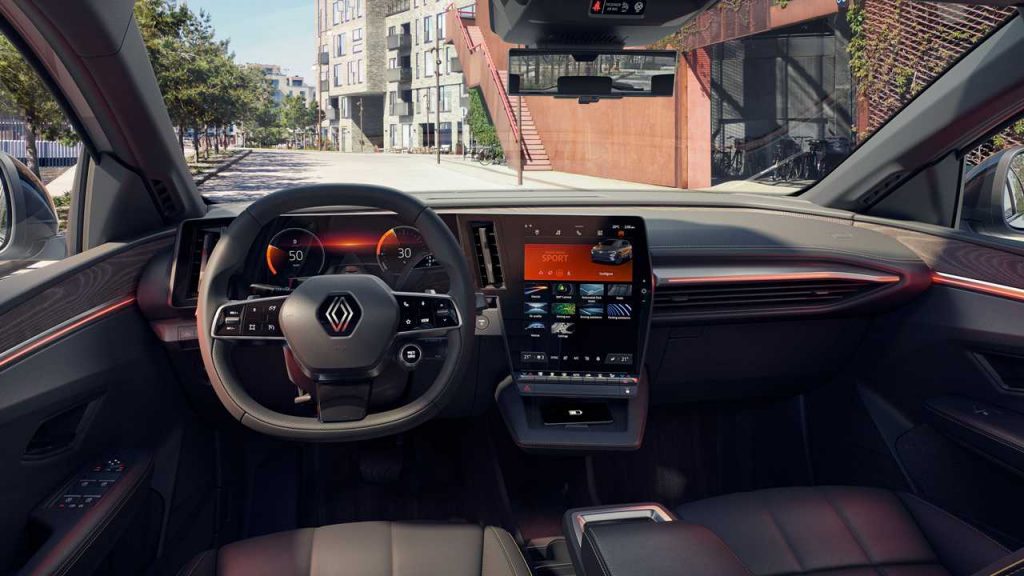Easy-to-Use Altia HMI Design and Development Environment Gives OEM New Freedom to Innovate
Global automotive companies understand how important vision is to vehicle design. It is a major challenge, in such a complex industry, to maintain a designer’s original vision through the hundreds of steps between concept and final product. Their success in overcoming these obstacles, in partnership with Altia, is a transformative step for them. Other OEMs across the automotive industry can benefit from following a similar path.
Lost in Translation
Not long ago, a global automotive customer spoke with Altia about their experiences designing digital instrument clusters for the company’s vehicles. Their design staff explained their difficulties maintaining the integrity of their design ideas.
“Each Tier One cluster supplier has their own software package it uses for design implementation. Therefore, each project is one more new opportunity for a design to be muddied or for software bugs to be introduced,” explained Jeff Stewart, Altia Director of Global Sales Engineering. “The OEM’s designers
have no way to provide a prototype that is suitable for development. They cannot even test their designs in a production setting to determine their viability for a particular microprocessor target.”
Because this automaker works with multiple cluster makers, their team must face these kinds of issues repeatedly. “Every time a new cluster is begun, the OEM’s design team is facing a new set of implementation issues. They are continually reinventing the wheel,” he said.
Putting Design Control in OEM Hands
Having worked with countless engineers around the world, Altia had the answers for this OEM’s engineers in Altia Design, the company’s HMI design/editing package, and DeepScreen, Altia’s code generator.
“We demonstrated to the design team that with Altia Design, they can design, test and specify their instrument cluster ideas within their design studio before they ever approach the supplier. That way the Tier One can directly use the generated code in their implementation. With Altia Design, our OEM customers can retain direct control over their vision for the final product,” said Michael Hill, Altia Vice President of Engineering.
Yet Altia was able to go further. “We said, ‘Look, because you own the implementation, you have control over pricing because the software has been generated and tested internally. You can assure your Tier One that the design will run on hardware of a known cost,’” Hill continued. “Altia Design and DeepScreen give auto companies ownership over the entire construction process.”
At the time, the OEM was in the middle of conversations with one of their suppliers who had experience with a competing HMI software package. They decided to do a performance test on the two design environments.
“We were tasked with showing we could run a certain graphics type on near-production hardware, and that we could deliver the same performance or better,” Stewart noted. “Next we had to show that our generated code was of a certain size. Finally, we had to meet certain speed and footprint parameters.”
As subsequent analysis showed, Altia DeepScreen, working in tandem with Altia Design, exceeded the performance requirements of the Tier One platform.
Unified Design-to-Code
The automaker’s design team liked the ability to do designs in Altia Design without having to learn code, as was necessary with the competing design package.
“The people on the OEM’s design team come from a mixture of disciplines. Some are more comfortable with the graphics side, while others are more software focused, so the ability for everyone to sit at the same table and use Altia Design to come up with a solution was a big deal,” observed Stewart.
Once specified in Altia Design, the concept goes directly into DeepScreen to generate production-grade code that is deployable onto the final hardware as a finished product. The result is hardened software that a Tier One can directly use in an implementation.
“Once our head-to-head test was done, the OEM was convinced,” Hill stated. “They began specifying in their requests for proposals that Altia was the required design environment.”
Huge Time Savings
As automotive companies well know, the design cycle for cluster components can run to two years or more. This OEM’s experience with Altia Design and DeepScreen significantly changed the game. Once their Altia platforms were in place, the design team was able to shrink their design-to-handoff cycle to their Tier One to just three months.
“This was the first time that this particular automotive company was able to produce an HMI in-house,” said Stewart. “Prior to that, it was only producing documentation or requirements for their HMIs. With Altia, the teams were able to verify that the look-and-feel was exactly what they wanted before the concept ever went out the door.”
Through their use of Altia, this OEM can define every aspect of their cluster designs, from the concept through the bill of materials. Altia software helps to improve efficiency in the cluster development process. Altia’s ease-of-use and strong feature set enable OEMs to fully define vehicle HMI solutions implement those solutions dependably.
“For an OEM, nothing is more valuable than to maintain control of the design process,” Hill said. “With Altia, there are no more surprises.”





